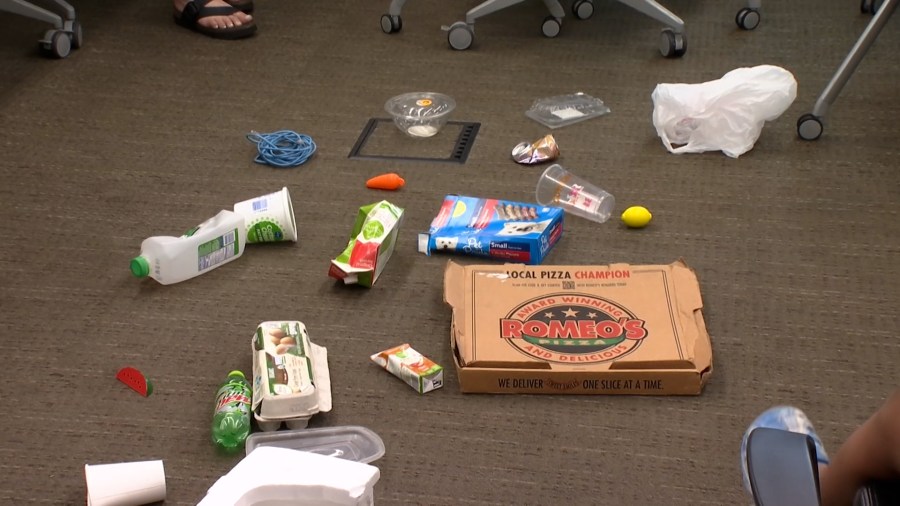Kids Learn to Turn Trash into Treasure at Columbus Public Library
In a vibrant and educational event held at the Whitehall branch of the Columbus Public Library, children had the opportunity to learn about sustainability and creativity. The session was part of an initiative called “Keep Columbus Beautiful,” which aimed to inspire young minds to think differently about waste and the environment.
During the event, kids were introduced to the concept of upcycling—transforming discarded materials into new and useful items. One of the highlights was creating “Cork Boats” from various types of garbage. This hands-on activity not only encouraged creativity but also taught the participants how everyday items can be repurposed rather than thrown away.
The library’s program emphasized the importance of reducing waste and making environmentally responsible choices. Through interactive lessons, children learned how to properly sort their trash into recycling and compost bins. This practical knowledge helps them understand the impact of their actions on the planet and how small changes can lead to significant results over time.
The Importance of Sustainability Education
The lesson was more than just a fun activity for the kids; it was a powerful way to instill lifelong habits of sustainability. By engaging with the material in a creative and interactive manner, the children were able to grasp complex environmental concepts in a way that is both accessible and enjoyable.
Sustainability education is becoming increasingly important as communities around the world face growing environmental challenges. Teaching children from a young age about waste reduction, recycling, and the value of natural resources can have a lasting impact on their behavior and attitudes towards the environment.
The event also served as a reminder of the role that local institutions like libraries play in promoting environmental awareness. Libraries are not just places for books and research—they are community hubs that offer programs and activities designed to educate and inspire.
Hands-On Learning for a Greener Future
The “Cork Boats” project was a perfect example of how art and environmentalism can come together. Using materials such as bottle caps, cardboard, and other recyclables, the kids created unique floating vessels that showcased their imagination and resourcefulness. This kind of activity encourages problem-solving skills and fosters a sense of accomplishment.
In addition to the craft project, the kids participated in a discussion about the benefits of recycling and composting. They learned how these practices help reduce the amount of waste that ends up in landfills and how they contribute to a healthier ecosystem. Understanding the connection between individual actions and broader environmental outcomes is crucial for developing a sense of responsibility and stewardship.
Building a Sustainable Community
Events like these are essential for building a more sustainable future. By involving children in environmental education, communities can cultivate a generation that is more aware of their impact on the planet and more committed to making positive changes.
Local organizations, schools, and public institutions have a vital role to play in this effort. Collaborative programs that bring together different groups can create a stronger network of support for environmental initiatives. These partnerships not only benefit the participants but also help raise awareness throughout the wider community.
As the kids left the library with their cork boats and newfound knowledge, they carried with them a valuable lesson: that even small actions can make a big difference. By learning to see trash as potential treasure, they are taking the first step toward a more sustainable and mindful way of living.







